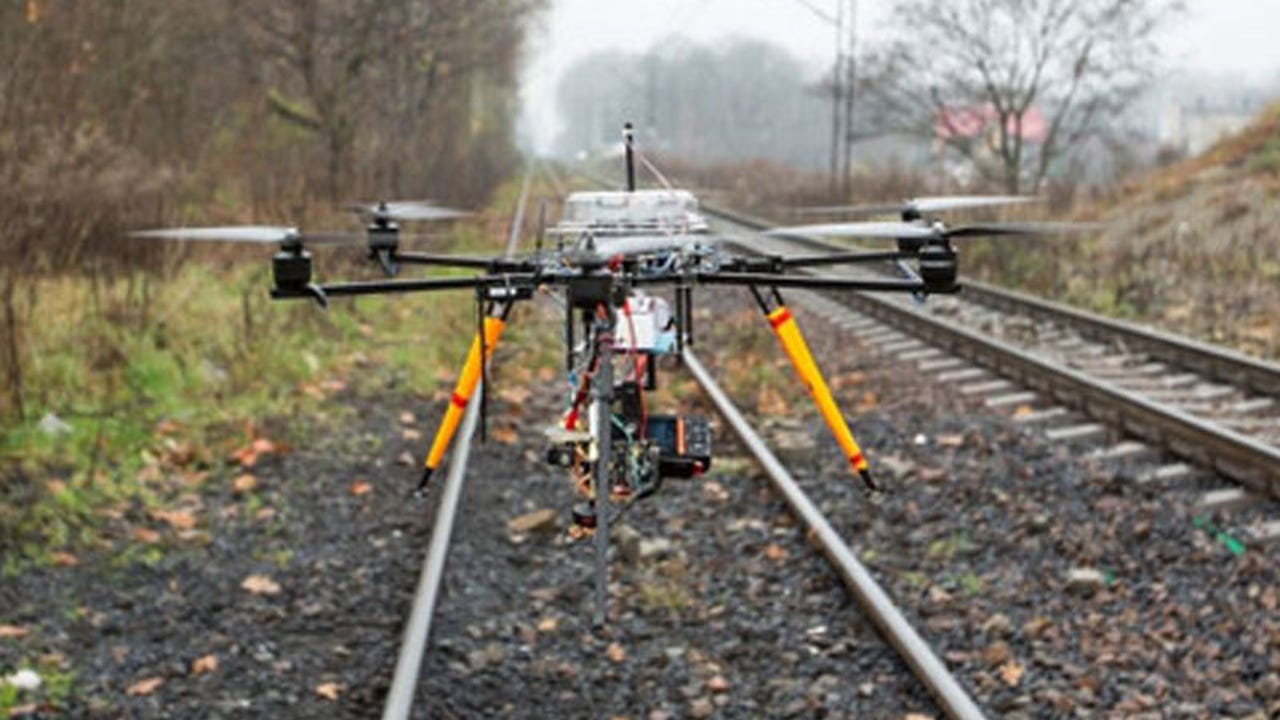Industry grumbling about the FAA's recent ruling on drones


Commercial drones still need to stay within an operator's line of sight.
The FAA issued new rules regarding the use of commercial drones this week. Drone operators will no longer have to apply for an exemption (called a 333 exemption) to operate a drone commercially, but will instead use a more streamlined waiver process.
Robotics
One thing absent from the FAA's rules? Beyond-visual-line-of-sight drone regulations. There's a feeling in the industry that for drones to be most effective for infrastructure inspection and eventually for last mile deliveries, the FAA has to ease restrictions that drones stay within an operator's line of sight.
I reached out to Tero Heinonen, CEO of Sharper Shape, a drone service company that recently came to the U.S. from Europe, to get his take. Tero was kind enough to answer at length, and his reactions offer a good reflection of how the drone industry is feeling:
While the approved regulations are a step in the right direction for the drone industry, we still have a long way to go, specifically when it comes to long-distance, or beyond-visual-line-of-sight (BVLOS), drones.
Long-distance drones would bring greater efficiencies and cost-effective strategies to many industries. For example, utilities have been looking at BVLOS drone flights to inspect thousands of miles of power lines and trees, which will help keep the lights on for U.S. consumers and cut businesses' operational costs.
Moving from the Section 333 exemption process to a more streamlined waiver process will accelerate innovation, and also set the foundation for enabling BVLOS. We expect that many companies, in addition to Sharper Shape, will apply for BVLOS waivers in the coming months. This is the logical first step towards granting BVLOS permissions, and also sets the expectation of BVLOS regulations in place as soon as 2017.
Based on our experience implementing commercial drone flights for power line inspections in Europe, we found these flights to be dramatically cheaper than traditional helicopter or ground inspections, while providing more accurate and comprehensive data.
I believe there is immense opportunity for the future of BVLOS drones in the U.S. The commercial drone industry has to continue efforts to ensure that regulation supports this innovation, and we are optimistic that things will keep moving forward.